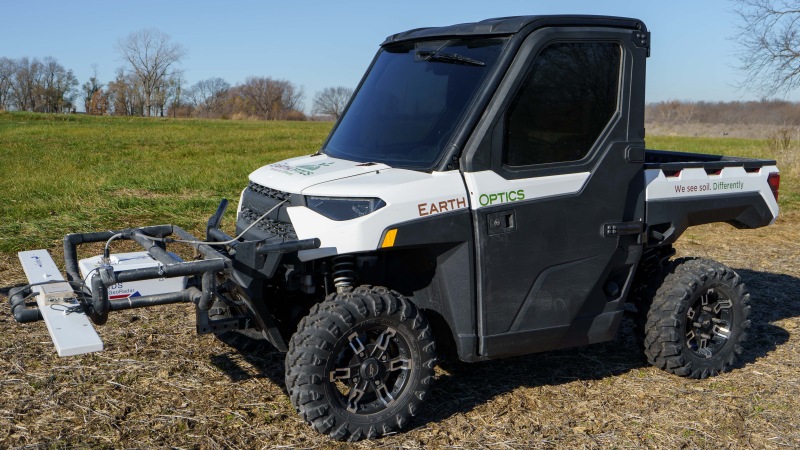Talking Turkey
Welcome, dear readers, to the annual CropLife® magazine Outlook edition. Throughout this issue, you will find numerous stories with insights from industry analysts on what kind of year 2007 is expected to be for the ag retail market. In most cases, this information was obtained through countless hours of research, dozens of trend observations, and some good old-fashioned guesswork based upon historic norms.
This is fine, of course, but I generally rely on a completely different, yet time tested, method for determining the nation’s upcoming economic health (which inevitably impacts the ag industry). This special benchmark — which I’ve trusted for more than 30 years — can be summed up in two words: Turkey weight.
Before I dive into just how this odd variable can determine the U.S. economic state, let me set the table, so to speak. Back in 1969, my father started working as an engineer for the company that makes Kirby vacuum cleaners. For those unfamiliar with them, Kirby vacuum cleaners tend to be considered the “cream of the crop” within their market, being extremely durable because of their mostly metal bodies and having a reputation for superior suction. They also cost significantly more than your average vacuum cleaner and, as such, are primarily sold by independent “door-to-door” salespersons.
As a blue collar company, Kirby offers its employees a few perks during holidays. One of these is giving a free turkey to all employees — past and present — every Thanksgiving. Even though my father retired from the company in 1999, he still receives the turkey perk without fail.
This brings me to what I affectionately call “The Kirby Effect.” For some reason, Kirby as a company always performs best when the rest of the country is suffering economically. During the high inflation/recession years of the early 1970s, the company produced vacuum cleaners around the clock. When the economy was humming along in the mid-1990s, there was a single, seven-hour shift. Although no one has ever been able to tell me definitively why this is the case, I suspect a partial explanation ties to the independent sales force. When economic conditions are hard, more independent salespersons probably “join” Kirby to make ends meet. When times are good, this sales force shrinks — along with vacuum cleaner sales.
As one might expect, the company’s level of success is directly reflected in the size turkey provided to employees. In the 1970s, our family received 26-pound “monster” turkeys. In the 1990s, the turkeys were much smaller — averaging between 10 and 12 pounds. As a rule, 20-pound turkeys mean tough times ahead; if they weigh less than 20 pounds, then things are looking up.
The turkeys handed out during the 2000s have tended to be small — usually less than 18 pounds. The lone exception was a 20-pounder received in 2001. Sure enough, 2002 was an extremely challenging year for ag retail.
Now that I’ve explained how the system works, what’s the outlook for 2007? The 2006 Thanksgiving Kirby turkey came in at a trim 17 pounds. Based upon this, our industry is in for a solid sales year, with perhaps a few slow stretches along the way.
So I’d like to wish everyone a Happy New Year! The turkey has spoken!






